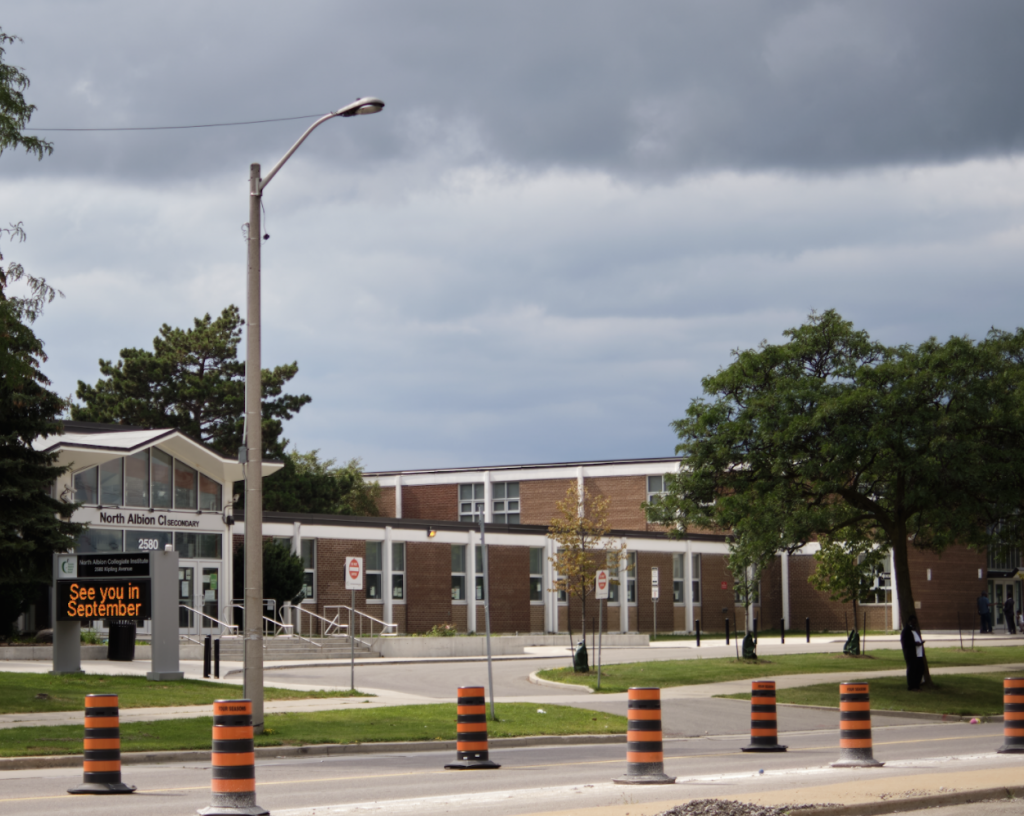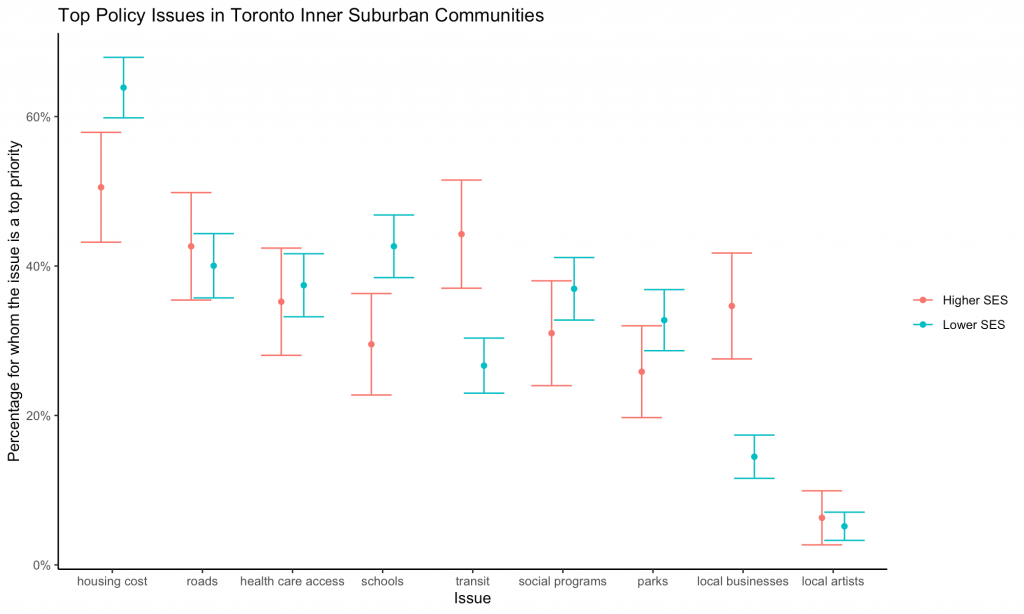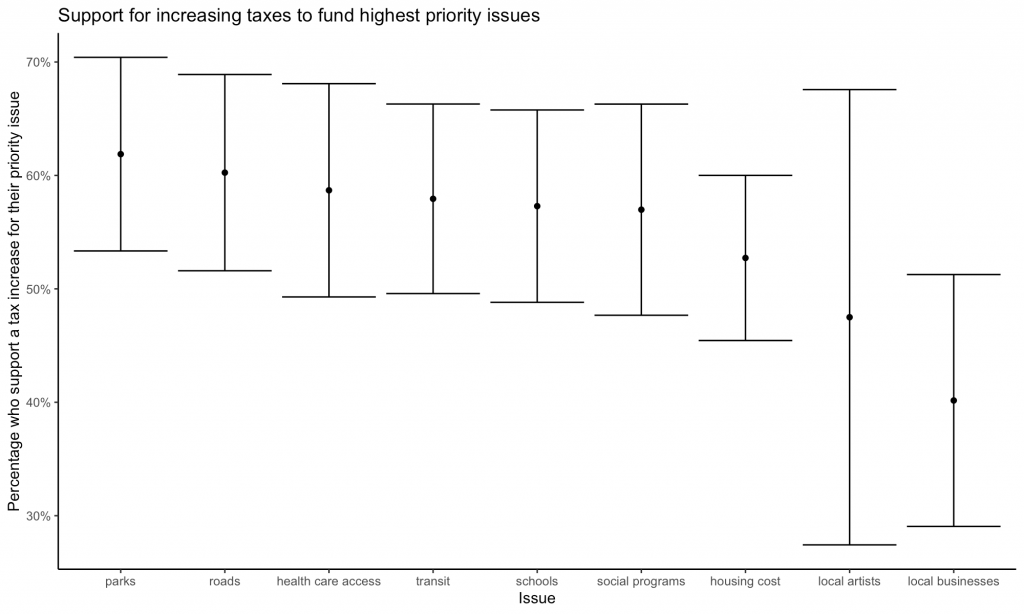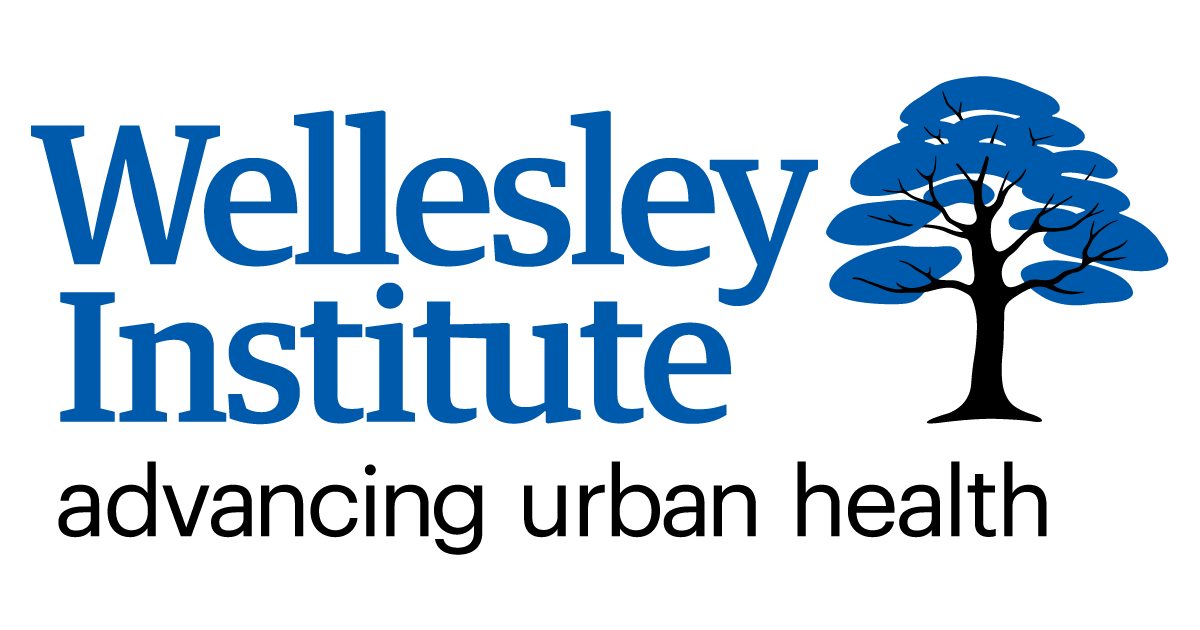Overview of Community Voices

Overview of Community Voices
Key Points:
- Community Voices is a partnership between the Wellesley Institute and the University of Toronto School of Cities
- Community Voices seeks to incorporate the voices and local priorities of Toronto’s inner-suburban communities into broader policy discussions about how to improve the health and vitality of their neighbourhoods
- We conducted an innovative door-to-door random sample survey of seven neighbourhoods, and qualitative interviews with participants from each neighbourhood
- Residents shared three core priorities: safety, transportation & mobility, and local services & amenities
- Residents’ views of the government showed little concern with political ideology, and much greater concern with tangible results, such as infrastructure maintenance, improvements in the public realm, and personal engagement of leaders
- We identified five ‘clusters’ of residents with similar survey responses and demographic qualities
The disproportionate impact of COVID-19 on residents of Toronto’s inner-suburban neighbourhoods has highlighted the importance of improving the social determinants of health within these vibrant and diverse communities. Rich scholarly and policy research has discussed how to support these post-WW2 neighbourhoods; yet rarely has such work been grounded in the engagement of residents from these communities.
Community Voices seeks to bring the voices and interests of these neighbourhoods into conversations about neighbourhood planning, through original data collected between 2019 and 2020. We conducted an innovative door-to-door random sample survey that offers representative information about the views of residents in seven neighbourhoods. This level of detail and focus, supported by qualitative interviews, allows us to paint an extremely rich picture of the experiences and priorities of inner-suburban residents. The guiding themes of Community Voices arise from the shared vision of the Wellesley Institute and the University of Toronto School of Cities. Both view a healthy city as one where neighbourhoods have key elements in place that allow all residents to thrive and residents’ voices to matter in policy making for their own communities. Both organisations support community-engaged research to make this vision a reality. Accordingly, the ultimate goal of Community Voices is to inform policy conversations around how best to improve health equity in Toronto’s inner suburbs, hopefully leading to more effective and community-grounded policy in the future.
As an exploratory study, we aimed to capture the range of views that exist in our focus communities, while also developing new methods for capturing these views that can be replicated by other Toronto-based organisations or researchers. We focus on Toronto’s inner suburbs because urban inequality in Toronto is increasingly tied to geography, with a long-standing divide between our city’s downtown core and its surrounding communities. This divide is deep and far-reaching, encompassing not only income but also politics, poverty, access to services, and a number of key health indicators (MacDonnell, Embuldeniya, and Ratanshi, 2004; Hulchanski, 2010; Doering, Silver and Taylor, 2020; Wang and Ramroop, 2018; Clarke et al., 2017; Shah, Bell and Wilson, 2016; Wheaton et al., 2015). Though our study was completed prior to the COVID-19 pandemic, we believe it still offers rich insight to support equitable recovery and future policy initiatives. This underscores the critical importance of investments that improve the social determinants of health in Toronto’s inner suburbs.

This figure shows the percentage of respondents who selected each policy area as one of their three most important priorities. Whiskers show 95% confidence intervals. To view our findings on the types of policies study respondents wanted government to focus on, please visit the Policy Priorities section of our report.
This figure shows the percentage of respondents who support increasing taxes to fund each high priority issue. Whiskers show 95% confidence intervals. To view our findings on the nine types of policies respondents wanted government to focus on, visit the Policy Priorities section of our report.






